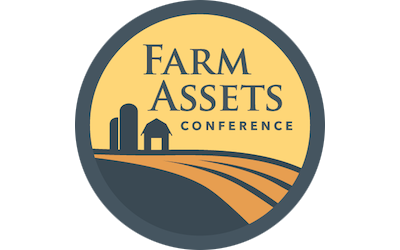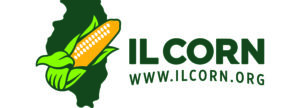EDUCATIONAL PARTNERS:
Connect on Social Media
Latest Article
.
Recent Series
Use of Funds Remains Relatively High on Illinois Farms
December 9, 2025
Projected ARC and PLC Payments for 2025
November 18, 2025
Monetizing Crop Risk into Crop Payments
December 8, 2025

















